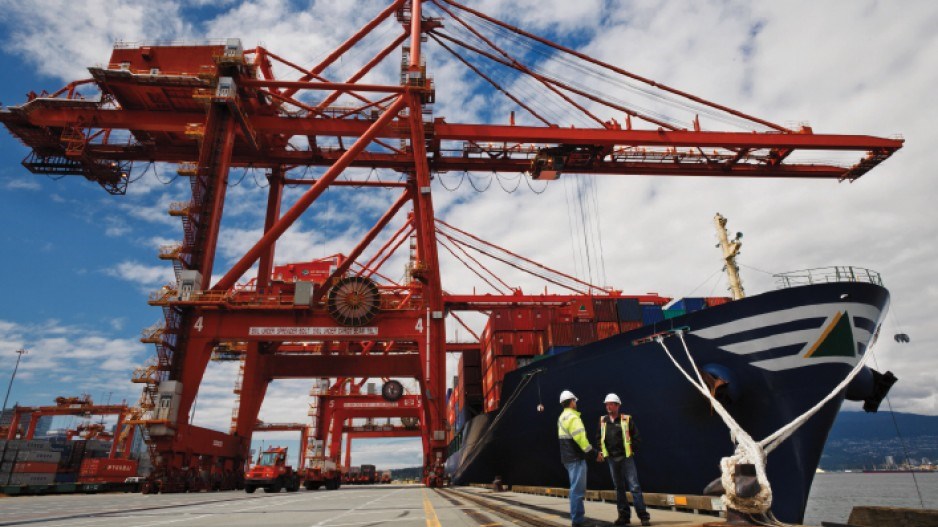The environment took centre stage at Port Metro Vancouver's annual general meeting last week, which was held in front of a packed house at the Vancouver Convention Centre West.
But beyond concerns over controversial coal expansions, a perceived lack of community engagement and suspected increases in port traffic, the meeting highlighted a significant development in the port authority's 2012 cargo tonnage stats: it has almost recovered from pre-recession levels.
In 2012, the port moved 124 million tonnes of cargo, up from its 102 million low of 2009. Prior to the 2008 recession, the port moved 128 million tonnes.
Total containers reached 2.7 million in 2012, topping the 2007 total of 2.49 million.
Nearly $84 million in bulk products – coal, grain and potash, for instance – were moved by the port last year, 6% more than the almost $78.7 million it handled in 2007.
However, break bulk products continue to struggle. Since 2007, the movement of goods such as lumber, wood and pulp has dropped 37%.
In an interview with Business in Vancouver, port president and CEO Robin Silvester lauded the speedy rebound of most export commodities and said the overall numbers indicate the "dark days of 2008" are over.
"Total tonnage is back to 2007 levels. Break bulk is down, and that's mostly reflective of changes in industry," said Silvester.
"But the major stuff is back. At Port Metro Vancouver, we like to say we're a barometer for the Canadian economy, and we came back pretty quickly."
While overall cargo numbers inched toward matching the heady shipping levels enjoyed in the past, the port's capital expenditures illustrate a robust vision for the future as more than $1.3 billion is expected to be spent on expansion jobs through 2017.
In 2012, the port spent more than $64 million on capital projects such as road and rail construction at Deltaport Terminal. Of that $64 million, nearly $9 million was spent on numerous consulting and environmental engineering reports for the proposed Roberts Bank Terminal 2 expansion.
Significantly more spending is anticipated starting in 2013. An additional $105 million is earmarked for more road and rail work at Deltaport and another $497 million is to be spent on Roberts Bank.
To pay for the proposed capital projects, the port will need to secure new credit facilities.
Under the Canada Marine Act – Port Metro Vancouver is under the purview of the Minister of Transport, Infrastructure and Communities – the port can borrow a maximum of $500 million. Currently, it has $250 million left to borrow, significantly less than it needs for the large-scale jobs it has planned.
"Our future projects will require more money than we can access right now," said Silvester.
"We will need to put a new borrowing facility in place in the next 15 months."
But Silvester is worried about taking on substantial additional loans. The port had a net income of $96 million in 2012, a more-than-adequate sum to service any impending debt.
"We have enough income to pay for what we foresee as our mortgage in the future."
In addition to seeking new lenders, Silvester said Port Metro Vancouver plans to woo private sector investment to help shoulder the cost of the projects.




